Shadows Illuminated: the photography of Martina Hoogland Ivanow
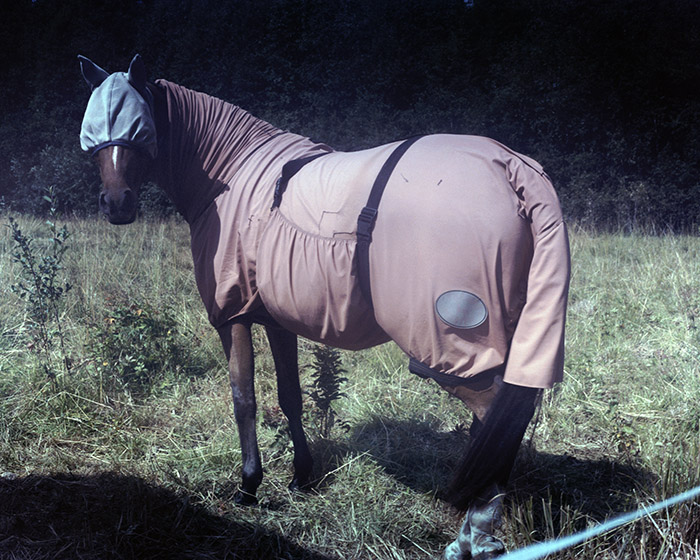
Perhaps you are familiar with the well-known image of a horse in a stable blanket with cloth blinders on, by photographer Martina Hoogland Ivanow. In this photograph, the horse stands in an open field looking over its left side, ears alert. It looks squarely at the camera, as if the cloth over its eyes wasn’t opaque and it was making direct eye contact with the photographer. As with many of Martina’s photographs, nothing is too clear, overt or easy. Often her subjects are difficult to see because they are partially hidden or purposely obfuscated. This lack of visual clues might be frustrating for the photographic neophyte, but there is, in fact, no such lack to speak of here. If anything, the less we see, the more we feel. The photographer is intent on this, and trusts the viewer to keep looking beyond any immediate impediments.
Hoogland Ivanow, who lives and works in Stockholm, approaches her projects thematically but with a certain laissez faire about the outcome. One of the aspects of photography that appeals to her is the ‘constant collaboration with things around you or subjects that trigger something within, but [this] also helps to confirm there are a lot of unanswered questions and that they should remain that way: control and lack of.’ This acknowledgment that life moves forward regardless – with or without our approval – adds an element of acceptance to the photographic process; and this particular kind of artistic philosophy – that it is out of our hands, when, as artists, it is very much in our hands – places her in the minority. If we seek to control too much, she knows, there is no room for chance, which, when combined with choice, can be one of photography’s most fascinating unknowns. How this dichotomy plays out as a final image is part of the process of acceptance. Of the result she simply says, ‘Some combinations are more successful than others.’
As can be the case in the artistic process, many of Hoogland Ivanow’s collections manifest fully in the editing stages. ‘The process tends to be more open at the start and more specific when close to done…I almost enjoy [this part] the most,’ she writes. Images from Far Too Close (SteidlMACK, 2010), and from an earlier collection entitled Satellite, are instances wherein she employed this freer process. ‘I now trust myself to edit in this way and no longer think of them as single images,’ she writes, but it is here with these single images that we should dwell for a beat.
To know our art history is to know the premium placed on the face: which is to say how the face is shown – smiling, asleep, proud, in profile, caught in daydream – can determine the success of an image. If we can read what is trying to be communicated, then perhaps the painting, sculpture, photograph, rendering, whatever it may be, was successful. What if the face has been hidden on purpose, and our heroine’s face is lost in the shadows? What then? Everything about the human condition (our basic needs and wants, vacancies and projections) depends on seeing the faces, body language, and gaze of other humans. Martina has left us to fend for ourselves. Bereft, we do what we did as children, and we create the face of our heroine instead.
In Satellite Martina attempts to chew on the question of how we define ourselves through another person. Essentially setting out to photograph the ‘in between’ emotional and physical space between family members, various communities, and romantic partnerships, she found the ‘integrity’ of this space to be challenged, and by extension, charged. Choosing to ‘focus on the body language, clothes, interior details, and environment’ of these scenes resulted in some of her most visually striking images.
Take, for example, the photo of an older woman sitting in a chair in a soft sweater and knee-length skirt. Hands move around her, the wrinkles in the fabric of various dress shirts add a formality to the scene. We see a pearl necklace being placed around the neck of the matriarch; each pearl as clear as the background is thick. Here we have a modern coronation, but with a necklace as crown. The photographer shows us this only; the woman’s expression has become irrelevant to the scene.
In another image, a family – or so we assume by the familiarity of the scene – gathers around a kitchen table. Some sit, some stand. The littlest ones give shy but trusting smiles; the tallest is illuminated only along the right side of her wheat-colored hair. Between the viewer and the family are the branches of a plant, strewn with decorative holiday bulbs that also impede a clear view. Light falls through the window, illuminating only what it touches, while the photographer lets us work through the details of this space. If what lies between us is sentiment void of obvious form, how can she show it to us?
Hoogland Ivanow pares down much of what we take for granted, visually, into a muted palette of scant signifiers that end up resonating loudly within; she makes more with less. After all, only when something is missing do we realise that it has been taken for granted.
Now we are back in the open field. The photographer has put a blindfold over our eyes. She grabs our attention from an unexpected place, and by taking away what we are used to seeing she has directed us straight to the heart of the matter.
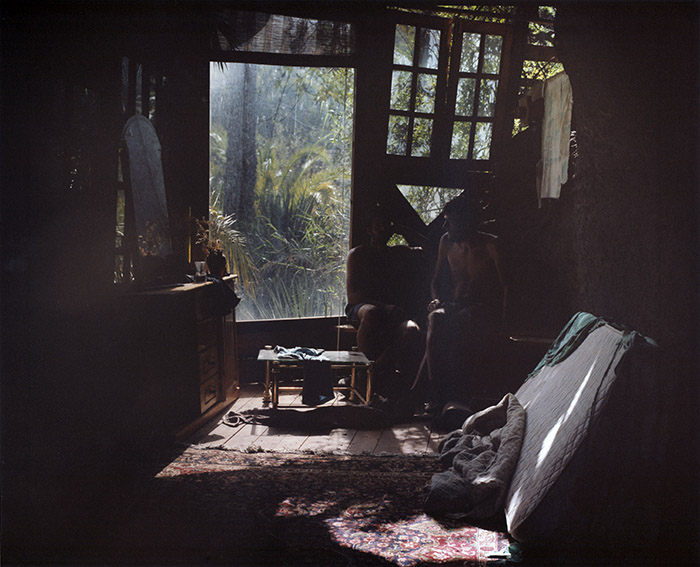
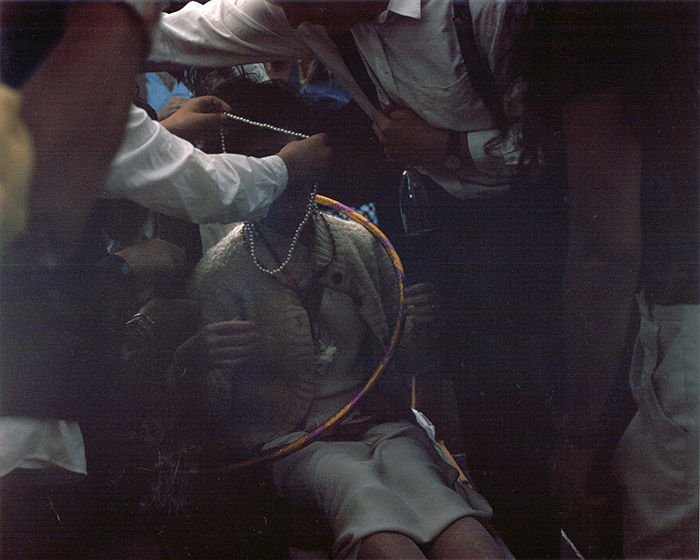
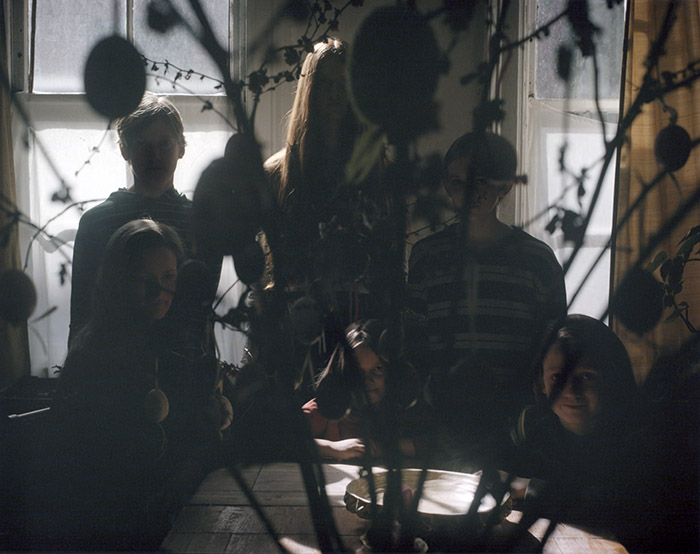
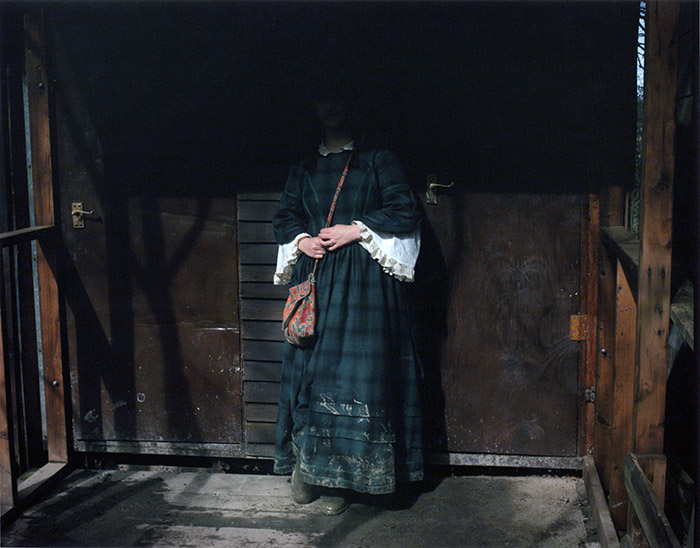
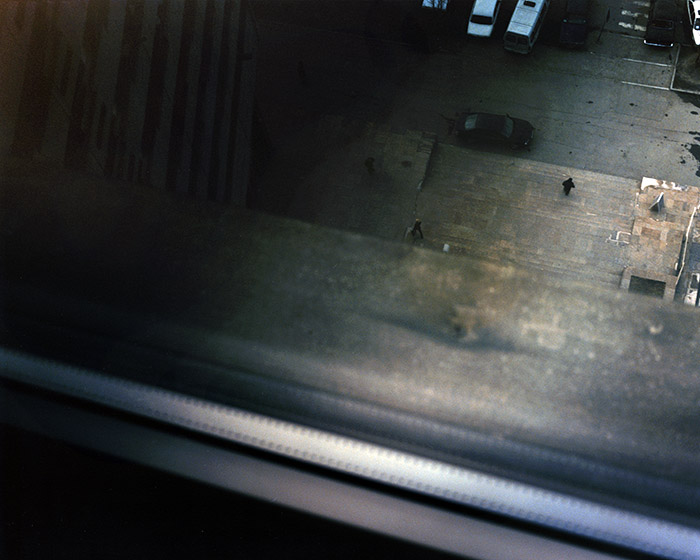
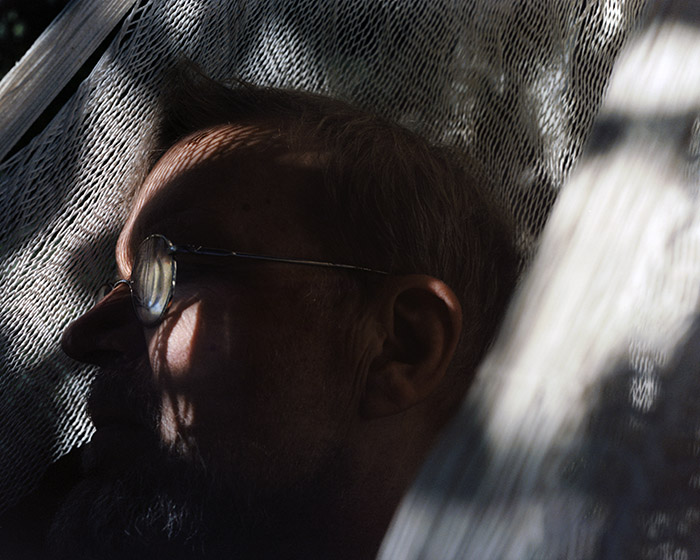
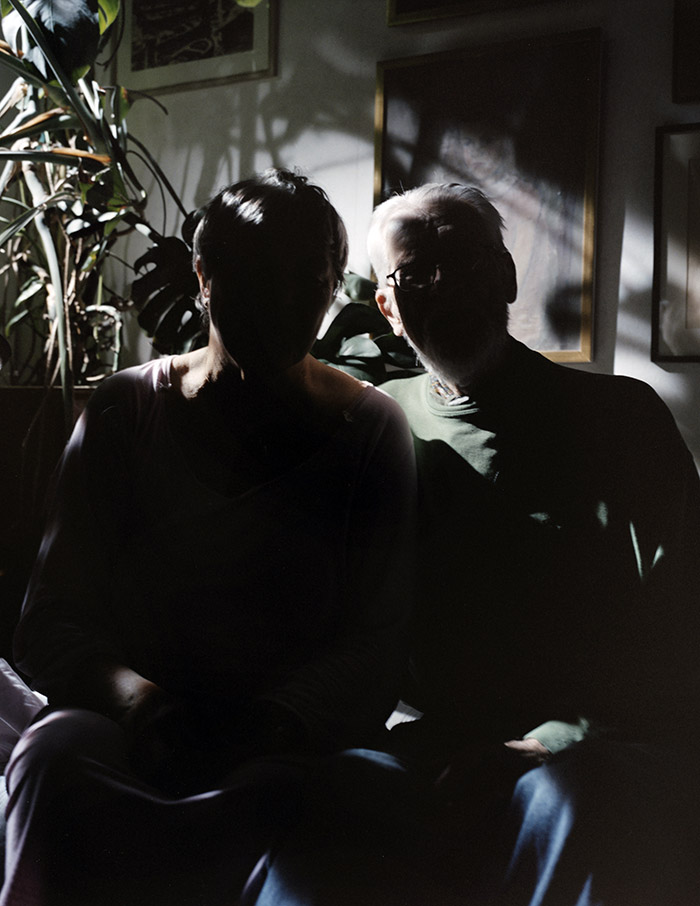
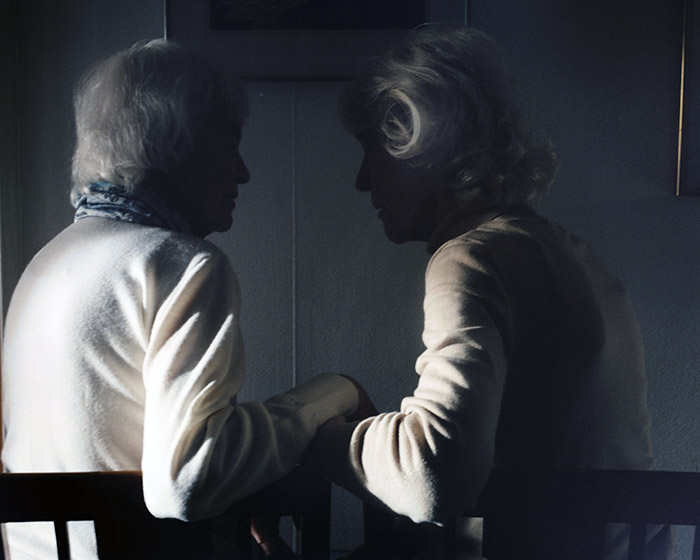
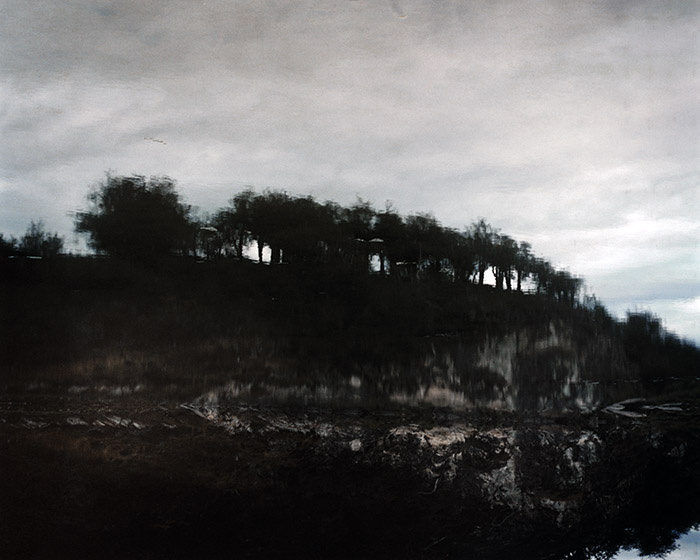
Hoogland Ivanow will be presenting work from Speedway at Swedish Photography, Berlin, from 8 February to 22 March 2014
